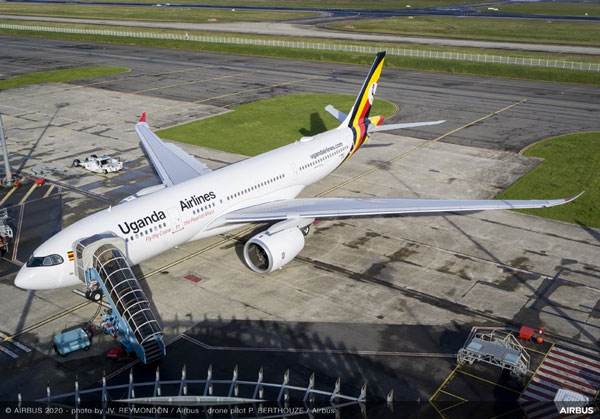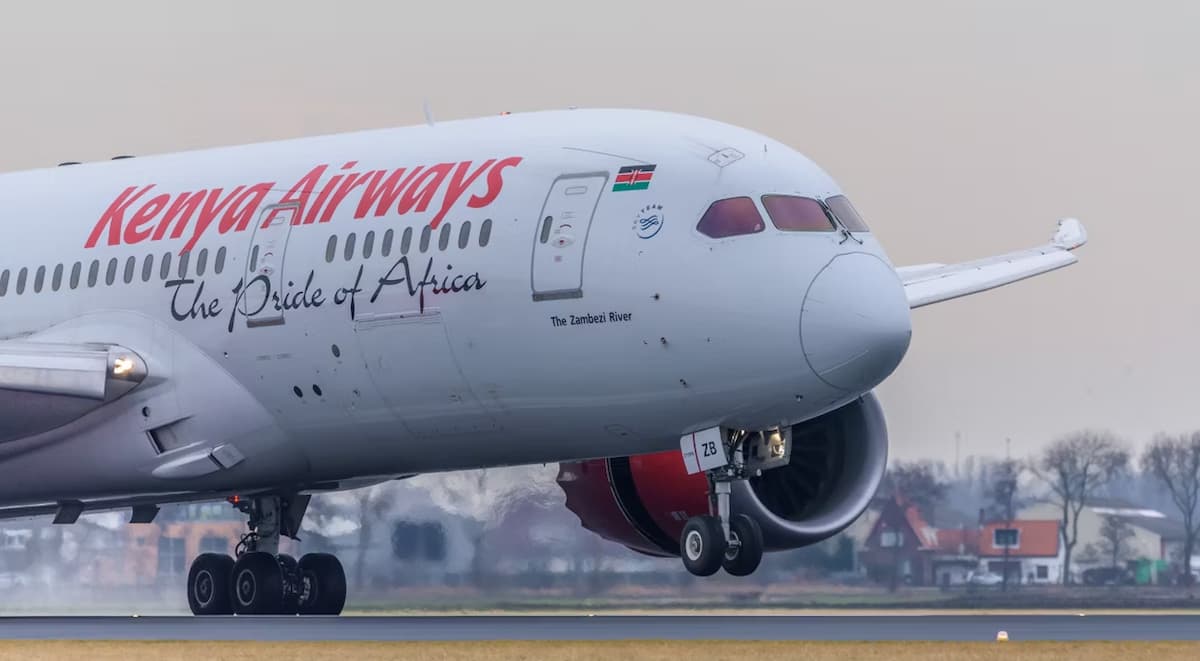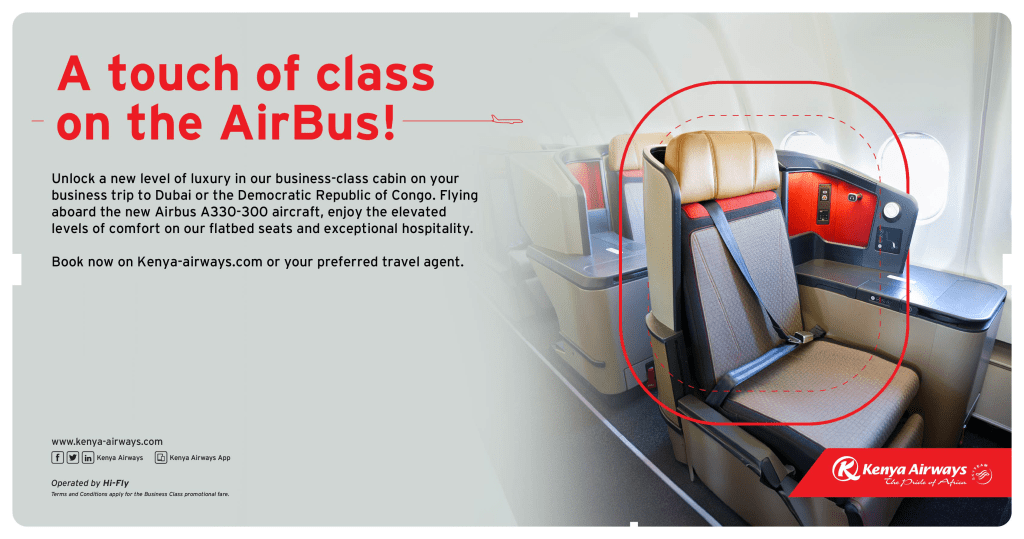Dubai: The Dubai Health Authority (DHA) and Dubai Department of Economy and Tourism (DET) have signed a Memorandum of Understanding (MoU) to boost the emirate’s medical tourism sector.
Helal Saeed Almarri, Director-General of Dubai Department of Economy and Tourism, and Awadh Seghayer Al Ketbi, Director-General of the Dubai Health Authority, signed the MoU in the presence of several officials from both sides.
Areas of cooperation
The MoU aims to enhance mutual cooperation to implement a range of strategic initiatives that support and achieve the goals of the Dubai Economic Agenda, D33. This includes attracting investments to accelerate the growth of the healthcare sector in the emirate and showcasing the best healthcare services available including digital health, supporting business development for potential investors, and accelerating their business growth journey.
It covers investor-related services such as business registration, as well as providing logistical and organisational support in accordance with regulations and each party’s jurisdiction.
Under this MoU, the two parties will work to build and establish a broad network of international partners to support Dubai’s economy by attracting local and foreign investors to the healthcare sector in the emirate. They will contribute to enhancing medical tourism by promoting opportunities for official delegations to visit healthcare facilities in Dubai, in accordance with the facilities’ regulations.
Additionally, they will work to advance the exchange of knowledge and research in the healthcare sector, as well as explore potential investment opportunities.
The parties will also support activities related to the Al Safeer Congress Ambassador Programme, which is overseen by DET. This programme aims to attract international conferences and meetings to the city, as well as enhance collaboration in local and international events designed to promote and market the emirate. Both parties will focus on attracting major global medical conferences and strengthening cooperation in the fields of exhibitions and workshops related to medical tourism.
Growth in medical tourism
A recent report by DHA revealed that Dubai attracted 691,478 medical tourists from around the world last year, with their healthcare expenditures surpassing Dh1.034 billion – outperforming 2022 figures, when 674,000 medical tourists spent Dh992 million.
In addition, the indirect revenues from medical tourism last year exceeded Dh2.305 billion, fuelling significant contributions to Dubai’s GDP by driving growth across key sectors such as aviation, hotels, hospitality, telecommunications, and beyond
Almarri stated: “The signing of this MoU with the Dubai Health Authority is a step in this direction and will strengthen our ability to build relationships with a wide network of partners to attract a significant segment of the target audience. We look forward to working together to attract investments for pioneering projects in the healthcare sector, host major global medical conferences and meetings, and make Dubai the preferred destination for travellers seeking top-quality services.”
Al Ketbi said: “Dubai has leveraged all its resources, including advanced infrastructure, technology, smart solutions, systems, legislation, and facilitation, to create promising investment opportunities in the healthcare sector and provide a secure healthcare environment. This, in turn, has attracted a significant number of international hospitals and leading specialised centres to choose Dubai as their base, as well as individuals seeking a high quality of life and well-being.”
Source: Gulf News



 The writer, Derek Nseko is an aviation analyst and CEO at Airspace Africa Email:derek@airspace-africa.com
The writer, Derek Nseko is an aviation analyst and CEO at Airspace Africa Email:derek@airspace-africa.com
















